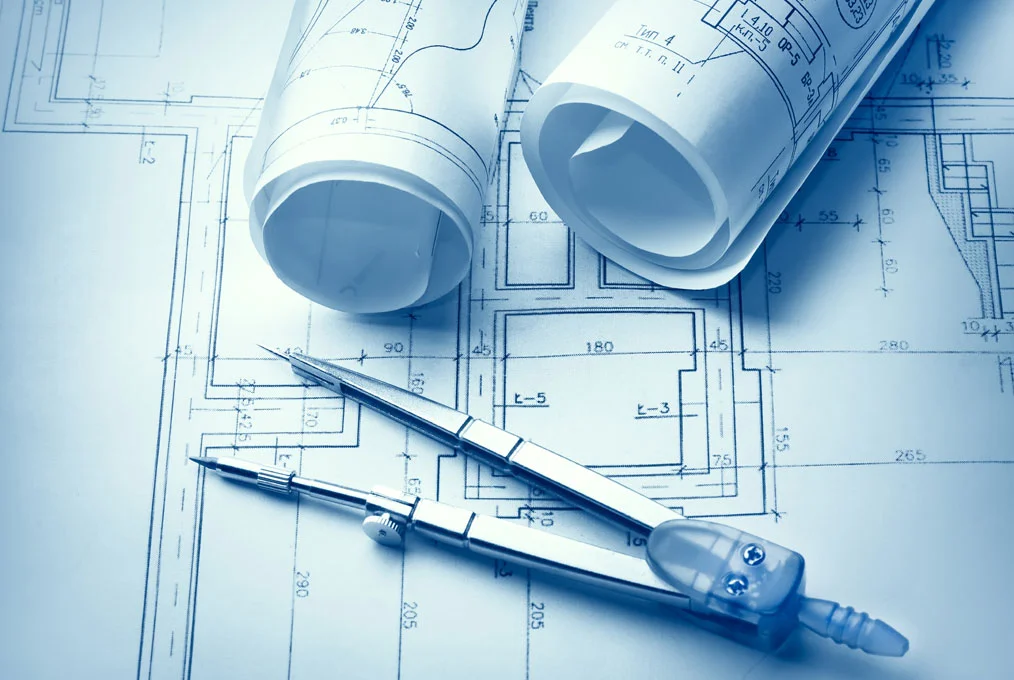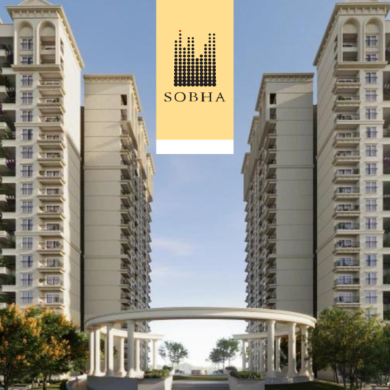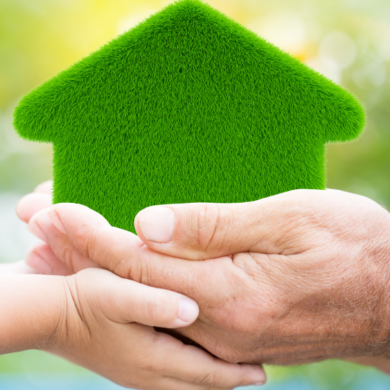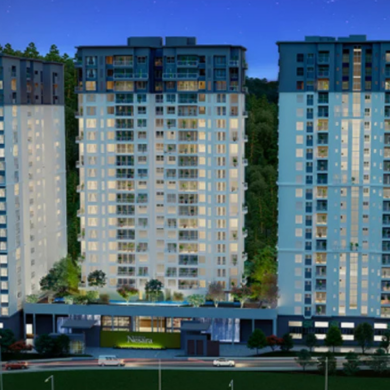
Home is a place to create happy memories, share love and laughter. At SOBHA, we understand this well and spend considerable effort in designing each home for comfort, joy and safety. Towards this end, SOBHA has invested substantially to incorporate latest technology with state-of-the-art equipment and processes.
To provide an insight into the products and technology used in the construction of a SOBHA home, the company has set-up SOBHA museum, the experience centres in Kochi and Gurugram. The museum showcases step-by-step process of building a home. Below are some of the key processes demonstrated at the SOBHA museum.
Beginning:
• Meter Marking: It refers to transferring of reduced level from the exterior to the interior of a building. This is usually used as a temporary bench mark to ensure accuracy for all activities.
• Hacking: In this, indents of controlled sizes on the concrete surface are created. This helps bind the mortar and the concrete surface better for block work and plastering.
• Block Work: For this process, high-quality concrete blocks that are manufactured at SOBHA’s concrete factory are used. These engineered solid and hollow blocks have high dimensional accuracy that absorb less water.
• Mesh Fixing: To prevent any cracks at the concrete and masonry joint during the construction, a Galvanised Iron (GI) mesh is fixed at the joint. This step is performed before the plastering.
• Bull Marking: It helps achieve a perfect finished surface with line, plumb and right angle. It ensures the desired thickness of mortar for plastering.
• Shear Walls: Reinforced Cement Concrete (RCC) shear walls are designed for seismic zones using smart concrete. The alignment of these walls are kept uniform throughout and checked with German spirit levels.
• Electrical Distribution Box: The electrical distribution box controls the power supply to each home. They are aligned with the 1 M markings and are fixed on the level of the bulls. The fixed electrical circuit illustration helps identify different parts of a home controlled by Miniature Circuit Breaker (MCB) and Residual Current circuit Breaker (RCCB).
Finishing of Interiors:
• Plaster Corner Bead: Corner beads protects the internal walls from cracking due to minor impact and are usually fixed before plastering of the exposed corners. Additionally, it acts as a reference during wall plastering for perfect finished edges.
• Slurry Coat: It helps bind the plaster and the surface perfectly. Slurry coat is prepared by mixing cement, sand and water in suitable proportions for desired consistency.
• Internal Plastering: It is the process of applying a coat of mortar on block work and concrete surfaces. It acts as a protective layer against the wear and tear caused by weather and helps achieve an even surface. The internal walls are plastered with two coats.
• Internal Painting: Painting gives final touches to a structure and acts as a protective coat on the surface while making it aesthetically appealing. For internal walls, two coats of putty along with one coat of primer and a coat of plastic emulsion paint is used.
• Wooden Door: At SOBHA, doors are made of beech wood, which go through a steaming process. This keeps the colour of the wood intact despite the effects of weather. These doors are manufactured at SOBHA’s interiors factory. Computerised wood treatment and seasonal procedures are used to increase the lifespan of the doors. While manufacturing doors, the moisture content is maintained in the range of 8% to 12% to avoid any damage.
Finishing of Exteriors:
• External Plastering: It involves three layers of coating on the block work/concrete surface using mortar. These layers include slurry coat, rough coat and the final coat.
• External Texture: Texture finish on the walls protect the surface from cracks.
• External Painting: External painting is performed in three steps – application of primer, a layer of texture and two coats of paint. The paint used is dust repellant for easy maintenance.
• Terrace Waterproofing: It is performed with flexible crack bridging. This provides two layers of waterproofing, making the terraces water resistant.
• Thermal Insulation: High-performance extruded polystyrene boards are used for thermal insulation. These boards are lightweight and provide proper insulation to mitigate the effects of heat during summer.
• Terrace Tiling: Finishing of the terrace is completed with easy-to-maintain tiles. Using glazed tiles helps keep the higher floors cool, as they reflect heat and light.
At SOBHA, the focus is always on offering international quality homes to the customers. These steps help us achieve that.a







